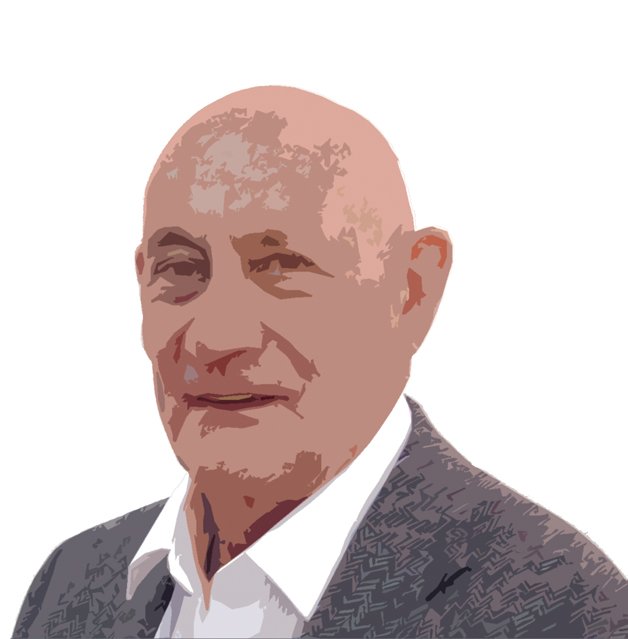The long awaited revised version of BS 8415 is still not with us and some of the proposed changes have been challenged. The question is: has BS 8415 made any difference and will changes to it improve the future of the memorial business?
It is difficult to know how much the Standard has influenced the trade. Being an expensive document and as the Code of Working Practice from the National Association of Memorial Masons (NAMM) was freely available when the Standard was introduced, it did not have much impact. However, the new Standard is setting out some new conditions.
The drafting committee for the revisions took a close look at foundations and failures experienced by mason fixers.
Now ground anchors are compulsory for lawn memorials, the drilling of an anchor hole through the foundation can cause fractures. Especially vulnerable are trough foundations and it is proposed these will be outlawed.
With fibre reinforcing in the cement foundation a central container hole and an anchor hole weaken it across the centre. Driving in the anchor can break the concrete. So no troughs. And all foundations should use metal reinforcing.
Jointing, pointing and bedding materials are now specified with the appropriate British Standard numbers, as are the dowel sizes to be used for different heights of memorial.
There are also proposals to alter the safety testing section of the Standard. It will include advice for assessing large and heavy monuments. These are often ignored by burial authorities but are the structures most likely to cause accidents. They are also likely to be expensive to make safe.
A big change proposed for the revised standard is for the testing of ground anchors in a pit filled with sand, which in my opinion does not represent any realistic conditions. And ground anchor manufacturers will have control over the testing of their devices at accredited test centres, moving control away from NAMM.
*************************
It is a sad commentary on our trade that I am answering yet another enquiry about lettering.
The most important part of a memorial is the lettering and it should be legible.
Problems often arise because the person selling the memorial has little understanding of the stones they are using. It is up to the manufacturer of the memorial and the mason selling it to give sales people the basic facts relating to the materials and suitable lettering on it. Customers should be given an indication of how long they can expect the lettering to last and any maintenance required.
My latest enquirer was told the lettering was guaranteed for the statutory one year. I know some masons give a written conditional warranty of 10 years.
I have seen some really good information sheets for customers – concise but with sufficient information for the customer to make a judgement.
The customer sometimes wants a cheaper option without understanding the pitfalls – painted letters on limestone, for example. They get dirty and the letters fade or flake because dampness in the stone breaks the bond between the paint and the material.
In some cases the mason has not grit blasted lettering deep enough, so paint or gold leaf is too near the face of the headstone and weather gets behind it. This is unforgivable and difficult to repair.
We need to make sure we have carried out every piece of work to our best ability and make sure customers understand how to look after their memorials.
Here is a reminder about how long finishes can be expected to last: gold leaf, 8-10 years; paint on porous surfaces, 8–10 years; paint on raised lead and dense stone, 10-20 years.
This is provided the paint is applied properly and not just dabbed on with a pad on a stick.

